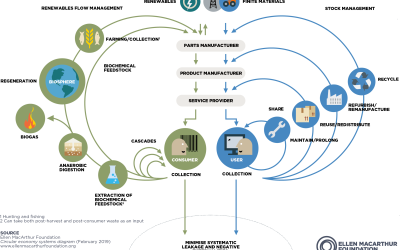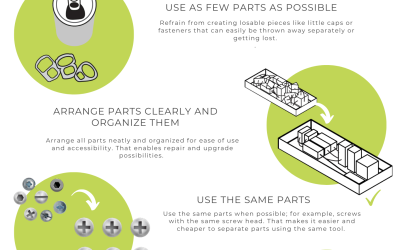The ESRS (European Sustainability Reporting Standard) is the newly released framework for pursuing transparency and accountability within the corporate sphere in Europe.
Double Materiality
The new stricter requirements for sustainability reporting resulting, among others, from the European Corporate Sustainability Reporting Directive (CSRD) demand to define and report about the most material topics of a business with a double materiality perspective. But what does this mean? Double materiality implies that not only the impact of the planet and society on a company is considered significant, but also the impact of the company on the planet and society.
ISO 26000 Guideline for social responsibility
ISO 26000 provides guidance on a wide range of social responsibility issues, including human rights, labor practices, the environment, fair operating practices, consumer issues, and community involvement and development. The standard encourages organizations to take a comprehensive and integrated approach to social responsibility, rather than addressing issues in isolation.
The butterfly diagram of the circular economy
You may already know the concept of a technical and biological cycle as a framework for the circular economy. For transitioning to a circular economy, the two main cycles are divided into smaller loops which show the processes that enable materials and products to stay in circulation or sagely biodegrade. We will have a closer look at how these cycles work with the help of the famous so-called butterfly diagram.
What is Cradle to Cradle?
When thinking about transitioning to a circular economy, a big question in your head might be, how can I implement these principles in practice? When discussing implementing circularity, people often refer to Cradle to Cradle. So what’s it all about?
10 tips for circular design
10 Tips for circular design. The goal of circular design is for products, components, or materials to stay in closed loops as long as possible so we can use them theoretically forever. These ten basic principles help to achieve this goal.
Superglue invented by nature
The Velvet worm can eject a fluid hunting slime that forms an entangling net to trap prey. After catching the prey the ejected adhesive is returned to the water and the fibers totally dissolve and newly regenerated fibers can be drawn from the dissolved fiber solution. So it is a liquid water-soluble superglue, isn`t that amazing?







